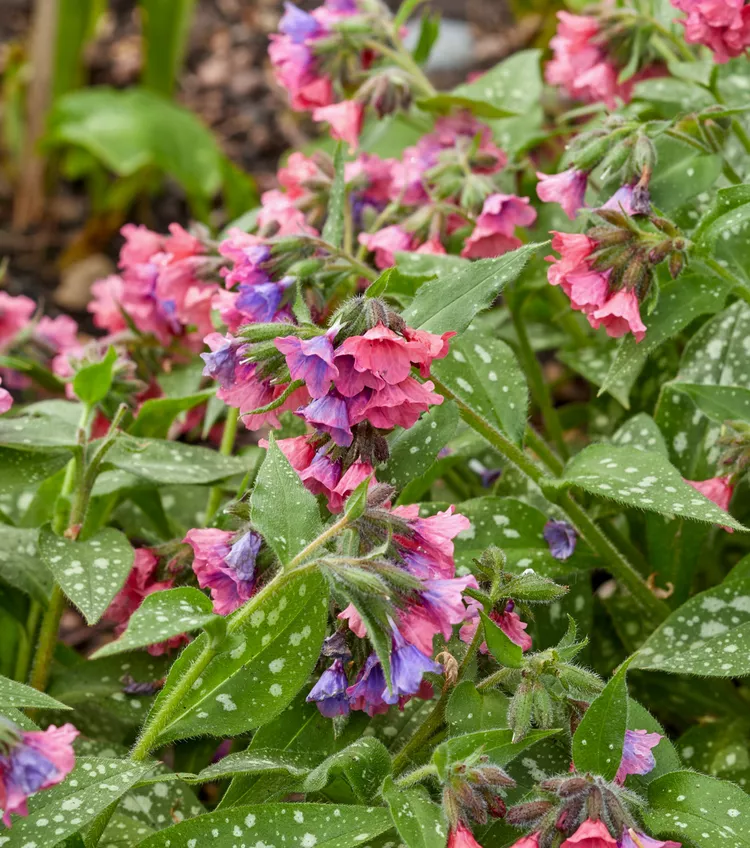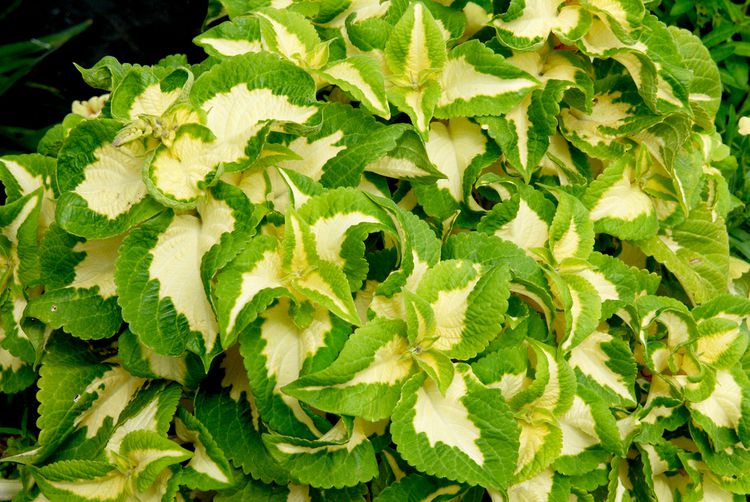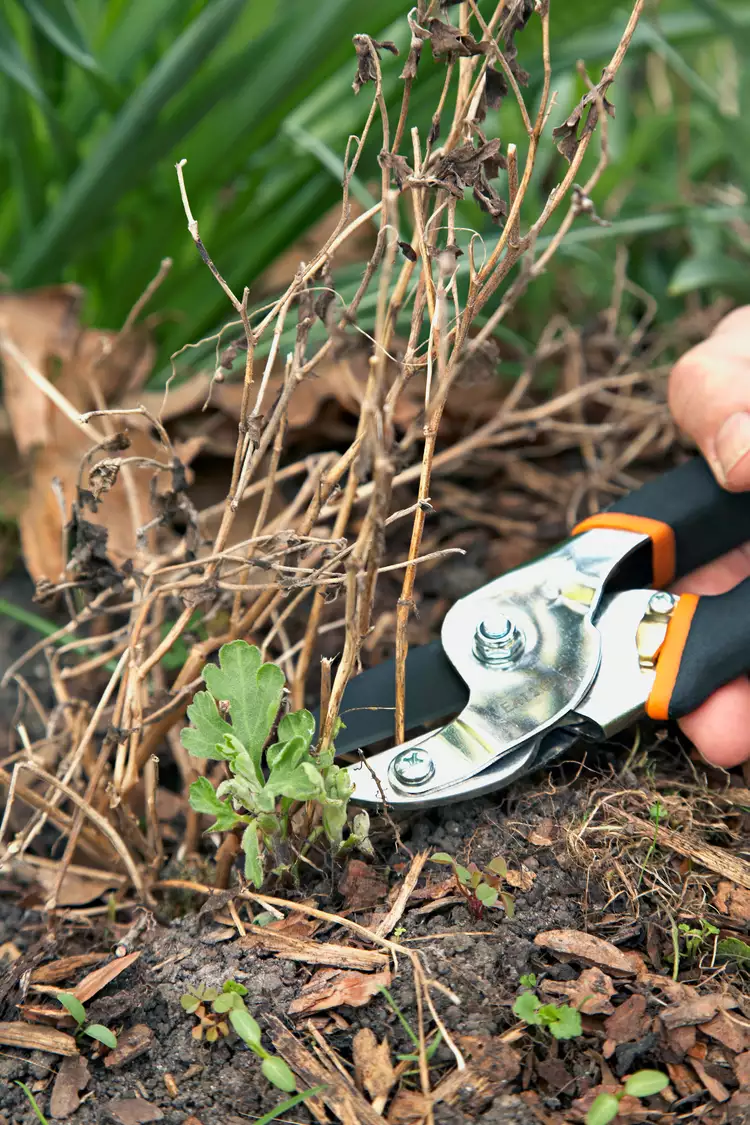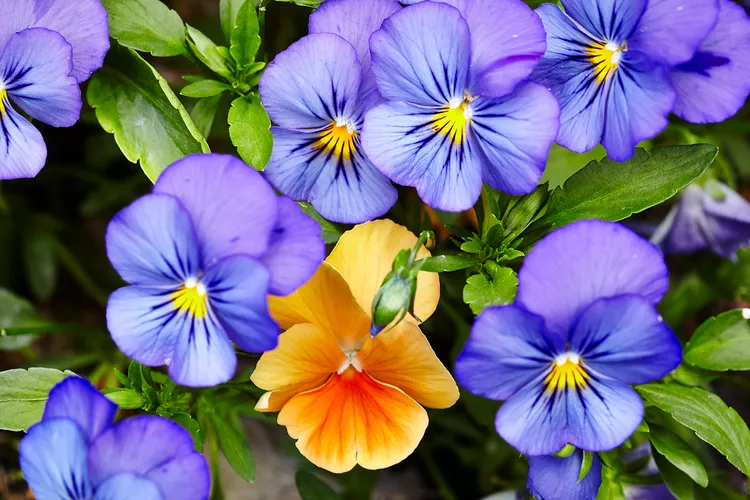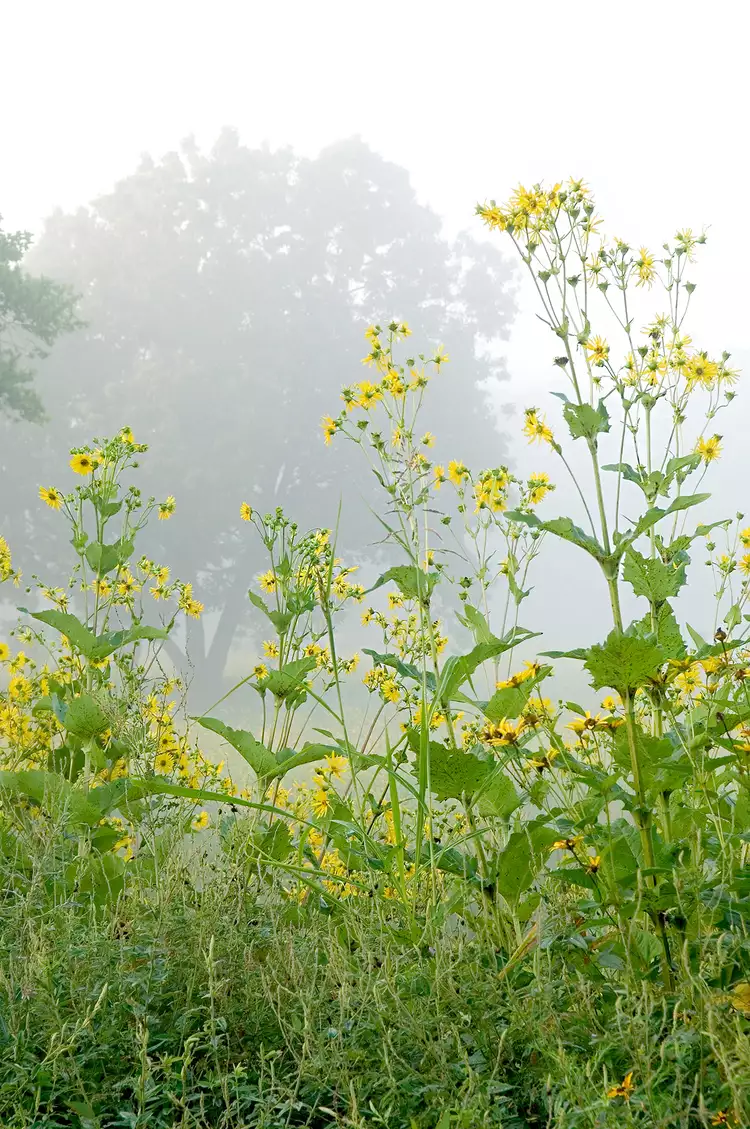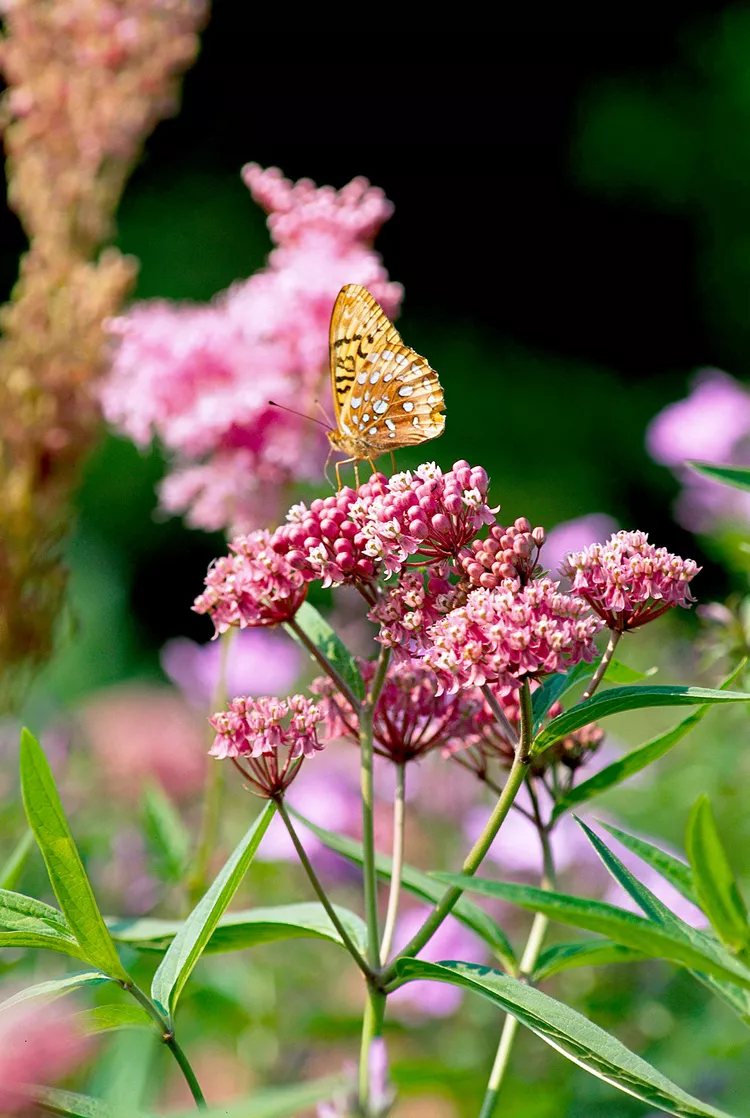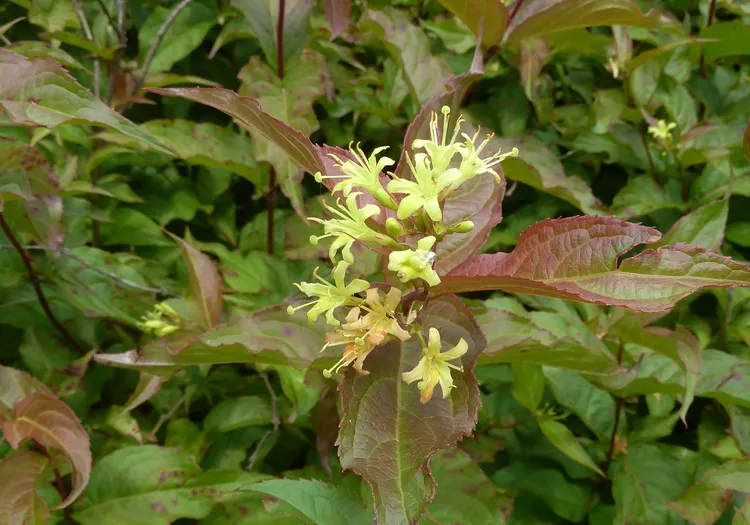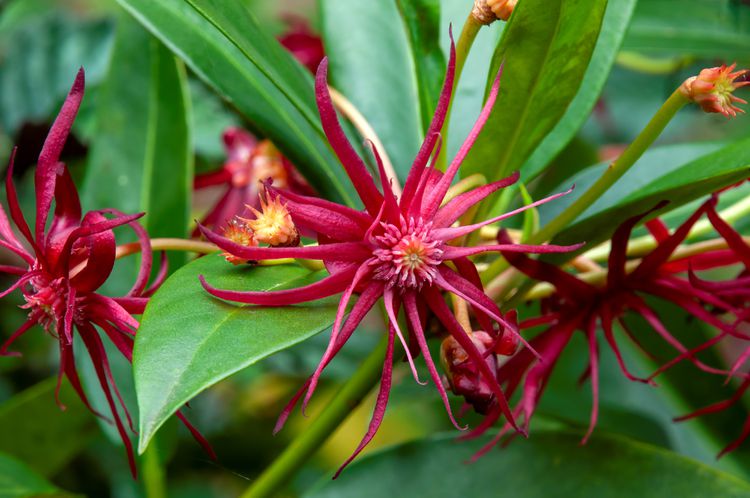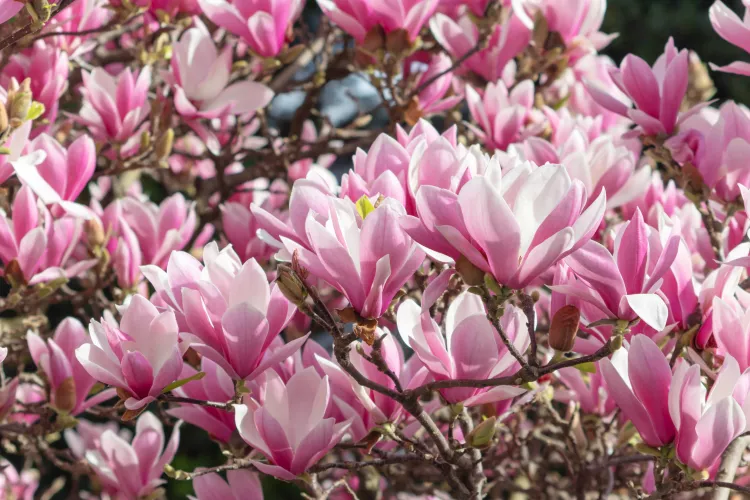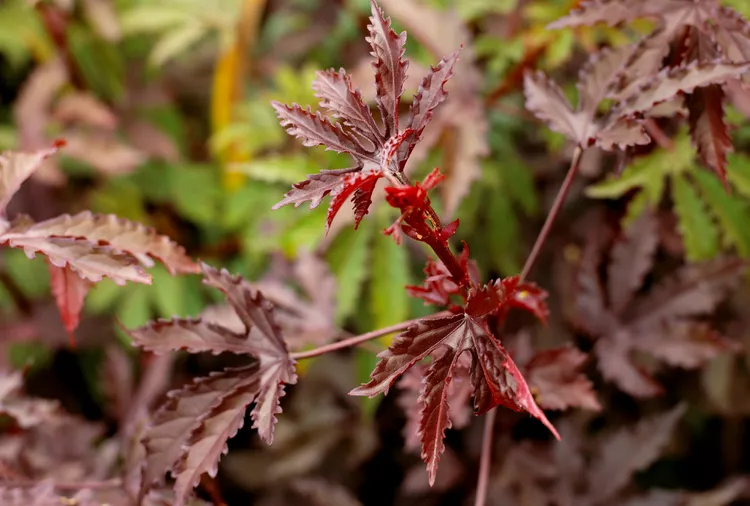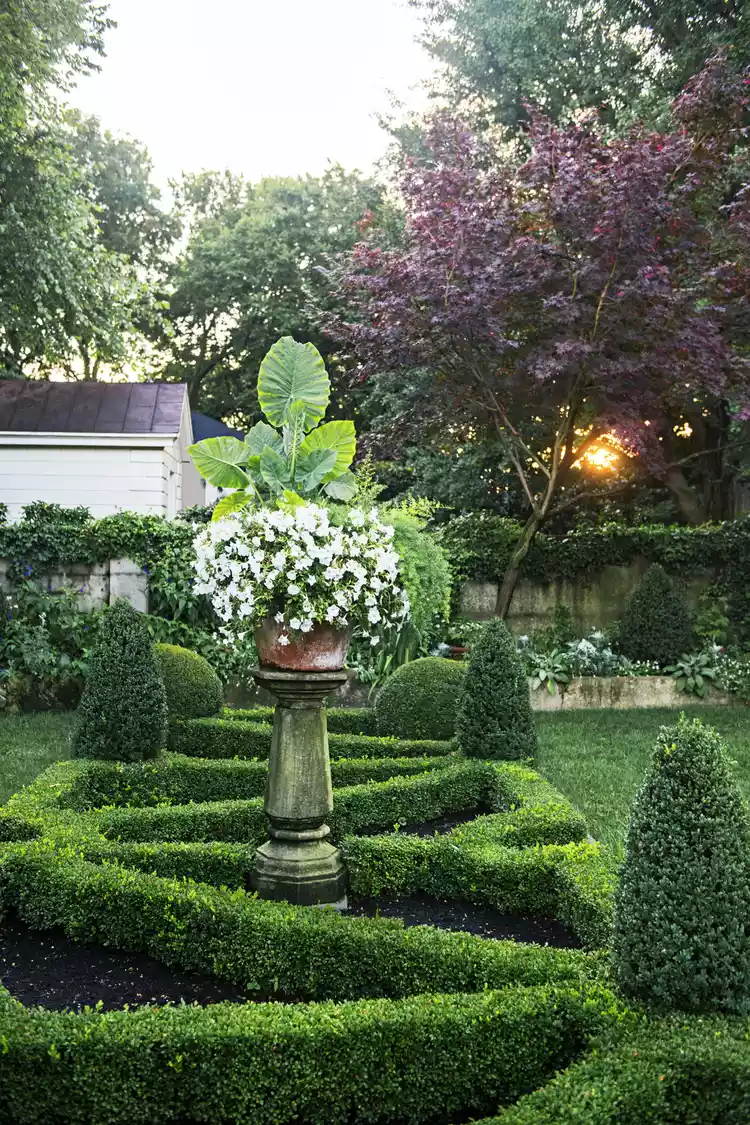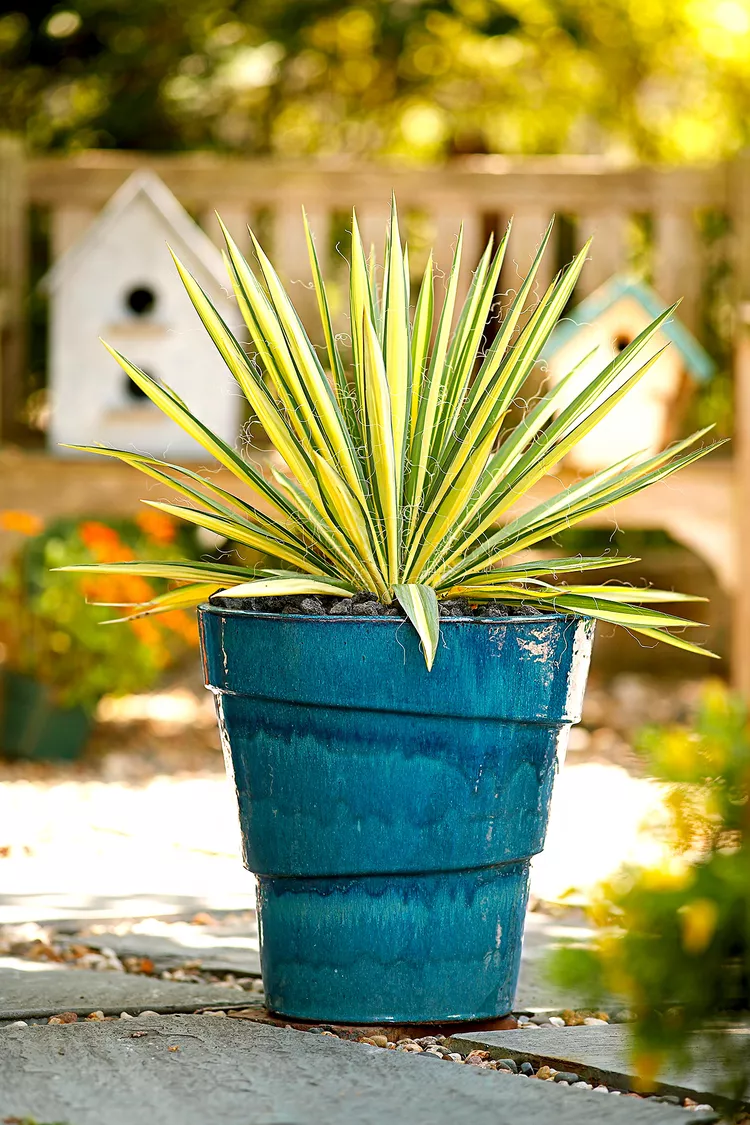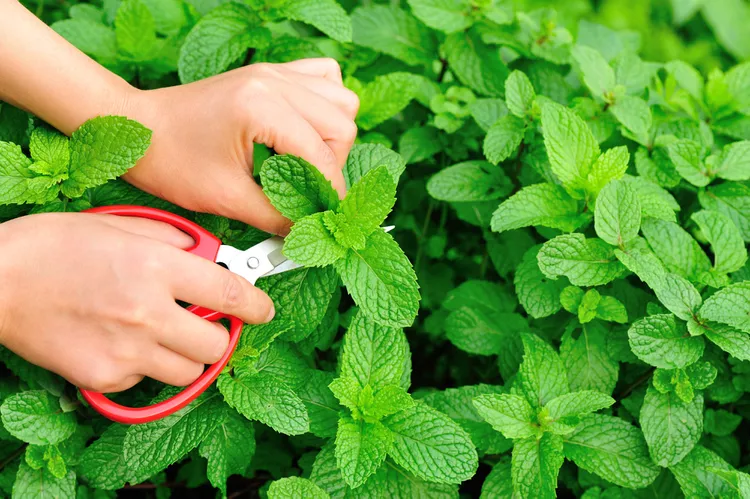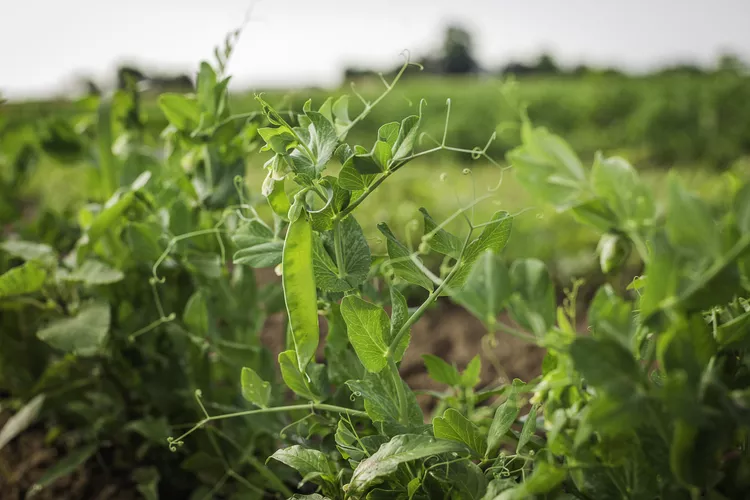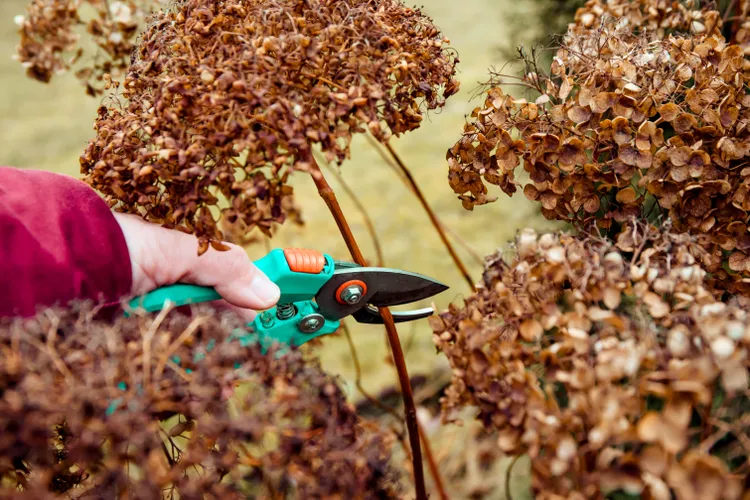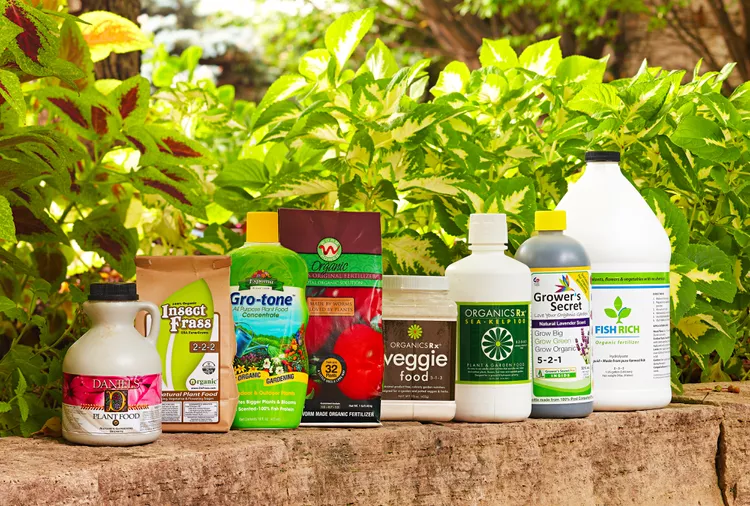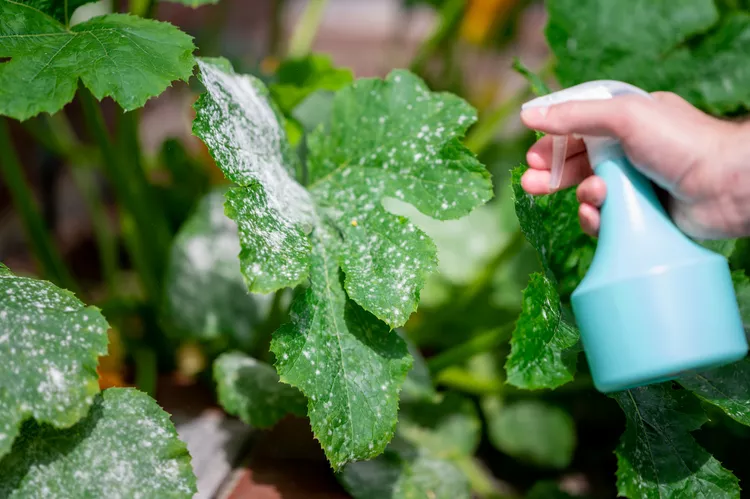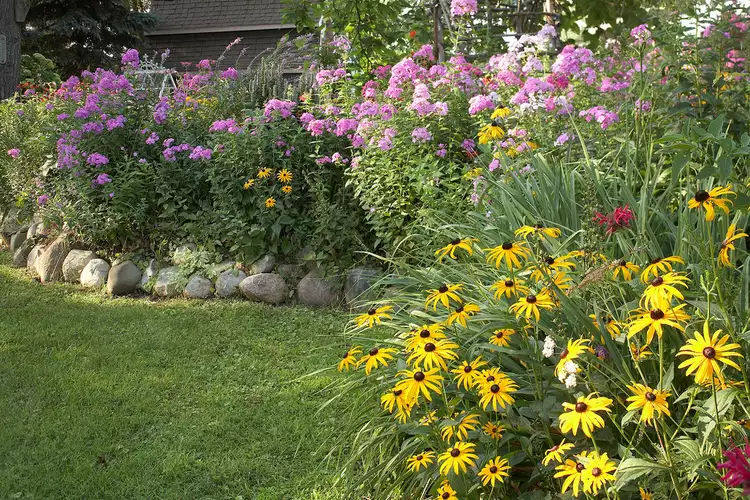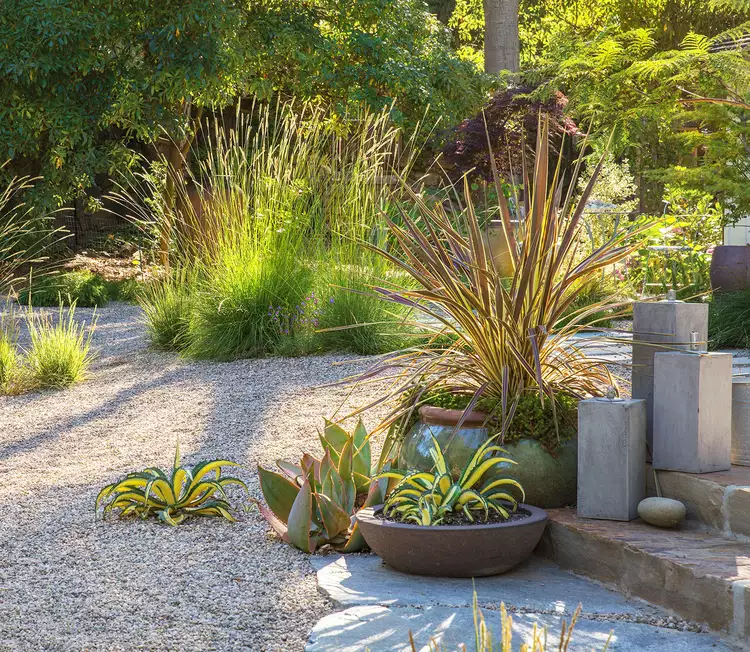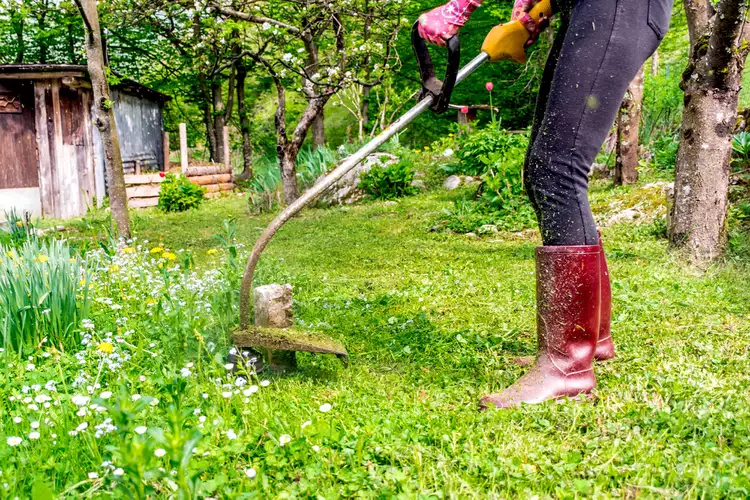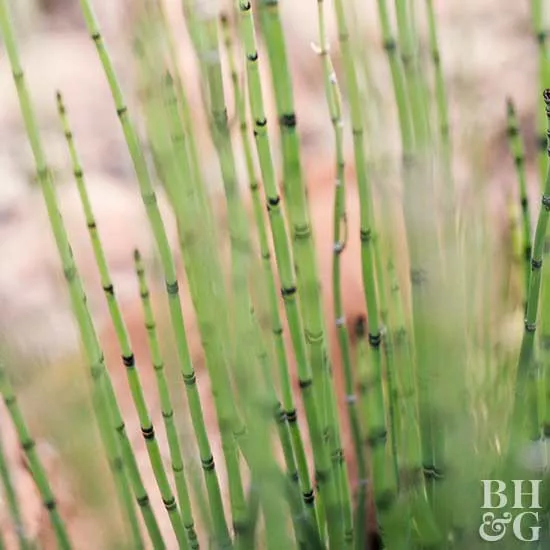A variety of plants that offer at least three seasons of interest are the hallmarks of a well-designed perennial border garden. Creating a dynamic display requires some thought about leaf shapes, sizes, colors, and textures. Without a good mix, gardens feel flat and somewhat dull. But to really bring out contrasts, it’s important to arrange your selections in a way that places taller plants toward the back and shorter plants to the front. Think of it like putting together a group photo. To help you find the right plants to place toward the front of your scene, these 10 types of perennial border plants are easy to care for and will provide a variety of textures and colors through the seasons.
Gorgeous Groundcover
Groundcovers help ensure every inch of soil is filled with plants so fewer weeds can pop up. Using a native plant for this job is a good way to avoid inadvertently planting an invasive or aggressive groundcover. A good choice is foamflower (Tiarella cordifolia). This perennial has colorful leaves and each spring, it produces a flurry of white flowers that’ll bring early pollinators to your garden. Eventually, they'll form a non-invasive cushion of leaves that fill in gaps between other plants in your mixed border.
Growing Conditions: part shade to full shade in moist, well-drained soil
Size: 6-12 inches tall and 1-2 feet wide
Hardiness Zones: 4-9
Shade Lover
Coral bells (Heuchera) will add not only color to a shady border garden with their leaves, but texture as well with their ruffled edges. These shade-loving plants can handle a variety of soils and conditions once established except for soggy soil. Some types of coral bells can even take sun. In spring and summer, tiny pink, red, or white flowers arise on tall stems, attracting a variety of pollinators.
Growing Conditions: part shade to full shade in moist, well-drained soil
Size: 6-12 inches tall and 1-2 feet wide
Hardiness Zones: 4-9
Year-Round Star
Hens and chicks (Sempervivum tectorum) is also known as house leek or simply by its genus name, Sempervivum. This hardy European succulent groundcover has won the hearts of many gardeners for its adaptability, drought tolerance, and interesting pink and yellow blooms. Hens and chicks will bloom every year and look great year-round, given even moderate care. Be sure to plant them in a location where they can slowly spread and remain for many years undisturbed.
Growing Conditions: full sun to part shade in well-drained soil
Size: 6-12 inches
Hardiness Zones: 3-8
Deer Resistant Perennial
Grass-like sedges (Carex) come in a huge variety of sizes and colors. For example, the 'Milk Chocolate' New Zealand hair sedge (C. comans) shown here, has striking bronze foliage. The native plantain leaved sedge produces broad green leaves. No matter their appearance, deer tend to leave sedges alone. Many sedges, including these two examples, grow in tidy, low-growing clumps that work well as an edging plant for your perennial border garden. Some types of sedges prefer sun and others do better in shade so you can find a sedge to suit just about any situation you have.
Growing Conditions: Part shade in moist, well-drained soil
Size: 6-12 inches tall
Hardiness Zones: 3-8, depending on type
Drought Tolerant Native
Rose verbena (Glandularia canadensis) is a beautiful flowering native plant that naturally grows in rocky areas, prairies, and along roadsides where life is tough and competition is fierce. Its resilience makes rose verbena an excellent garden plant that will easily handle droughts and look lovely doing so. Reaching less than two feet tall, these perennials tend to root where their stems touch the ground, giving established plants a mounded look. Purplish pink flowers appear in summer.
Growing Conditions: full sun in well-drained soil
Size: 2 feet tall
Hardiness Zones: 5-9
Colorful Flowers for Shade
Lungworts (Pulmonaria) make great additions to perennial border gardens because their silvery patterned leaves and pink or purple spring flowers bring a splash of color where few other plants can. Plus, these beauties are deer and rabbit resistant.
Growing Conditions: full sun to full shade in moist, well-drained soil
Size: 1 foot tall and 1 foot wide
Hardiness Zones: 3-9
Fall Color
Native to Eastern North America, the hardy geranium (Geranium maculatum) offers several seasons of interest to border gardens. Its finely textured foliage forms an attractive groundcover when planted in masses. In spring, hardy geranium produces soft pink to purple flowers that attract pollinators, followed by a rainbow of yellow, orange, red, and purple leaf shades in the fall.
Growing Conditions: full sun to part shade in average soil
Size: 1 to 2 feet tall
Hardiness Zones: 3-8
Hummingbird Favorite
Columbine (Aquilegia) is a perennial wildflower with delicate-looking foliage. Its spring flowers come in a multitude of colors from white to pink, red to purple, and bicolors, and attract hummingbirds. Some types of columbine can get three feet tall, but for something more compact for the front of your border garden, try the Earlybird series that stays under a foot tall.
Growing Conditions: part shade in moist, well-drained soil
Size: 1-3 feet tall and 1-2 feet wide
Hardiness Zones: 3-9
Pollinator Magnet
If you’re looking for a low-maintenance perennial that attracts hordes of pollinators, then anise hyssop (Agastache foeniculum) is a must. Anise hyssop is a relative of mint, but unlike its rambunctious relative, it slowly spreads by underground rhizomes and reseeds itself politely in place. In midsummer, wands of small, light purple flowers appear, drawing native bees, butterflies, and even hummingbirds. Leave dry stems standing in fall as a treat for birds.
Growing Conditions: full sun in many soil types
Size: 3-4 feet tall by 2-3 feet wide
Hardiness Zones: 4-8
A Unique Focal Point
Texture is key to creating a garden with vibrant and eye-catching appeal, and when in bloom, prairie smoke (Geum triflorum) fits the bill perfectly. After flowering, this native perennial produces tufts of seed heads that create an almost cloud-like effect when planted in a group. Give them room to spread naturally and their wispy pink blooms will steal the show in a sunny border garden.
Growing Conditions: full sun and well-drained soil
Size: 1.5 feet tall by 1 foot wide
Hardiness Zones: 3-7
